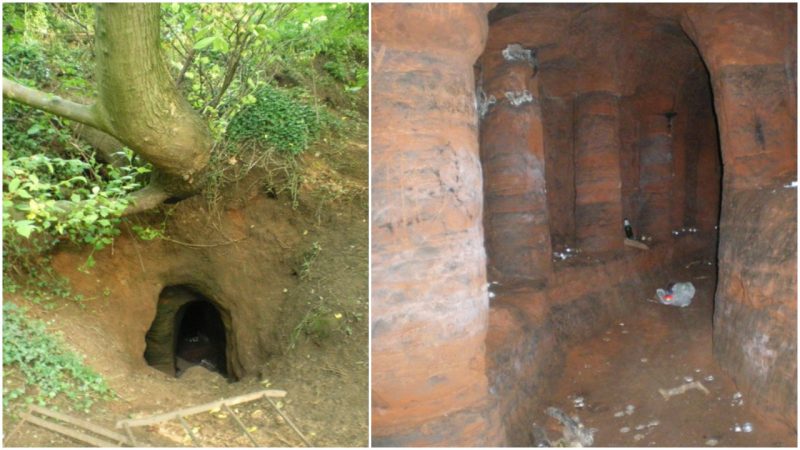A fascinating network of caves that were found down what appeared to be a rabbit hole in a farmer’s field in Shropshire, England, are still a hot topic of debate in the local community. Their purpose, as well as their exact date of building, remain an unsolved mystery.
Many people believe that they were dug out by followers of the Poor Fellow-Soldiers of Christ and of the Temple of Solomon, more commonly known as the Knights Templar, during the 17th century, as a place where they could meet in secret.
This historically intriguing Catholic military order was founded in 1119 and soon grew to be rich and powerful. Their persecution and abrupt dissolution by Pope Clement V in the early 1300s forms part of the mystery that surrounds the secretive medieval Templars.
There is another argument: That the Caynton Caves were simply created as a Victorian folly in around 1850 by a rich landowner.
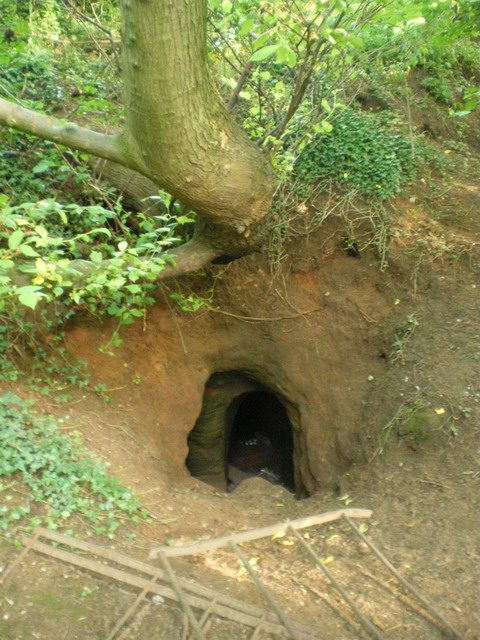
A folly can most simply be described as a building with no purpose — although it doesn’t, as the name implies, mean it was done by mistake.
The folly “craze” in Britain began in the 18th century as a way to be playful or creatively artistic with a small building, such as a shelter beside an ornamental lake, like a kind of charming architectural gag. In Victorian Britain, follies were a popular way to display wealth and status.
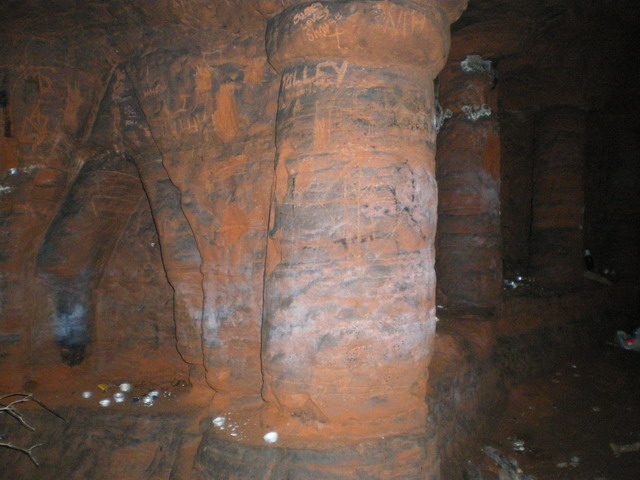
The Caynton Caves are located on private land near the market town of Shifnal. They are carved into the sandstone bedrock just three feet below the ground and feature several chambers and what is believed to be a font. There are many niches for candles to light the passageways.
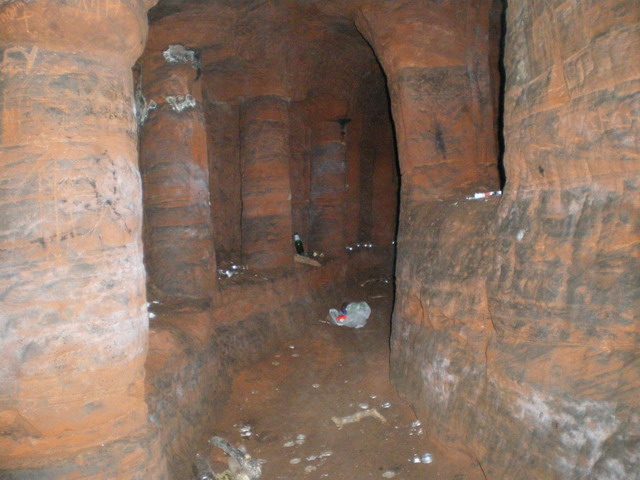
Historic England, the public body that protects and maintains England’s historic environment, lists the site at U.K. National Grid Reference SJ7756102887 as a “Cave/grotto. Probably late C18 or early C19, but undatable.”
The listing does, however, identify neo-Norman architectural features. This was a late-19th to early-20th century Romanesque Revival style so this could support the hypothesis that the caves were created as an ornamental Victorian grotto. Or could these features have been carved out two centuries after the caves were first created?
Perhaps there is truth in both sides: maybe the caves were carved out in the 17th century, and the landowner simply rediscovered and repurposed an old and disused space. This is one option that doesn’t seem to be up for discussion.
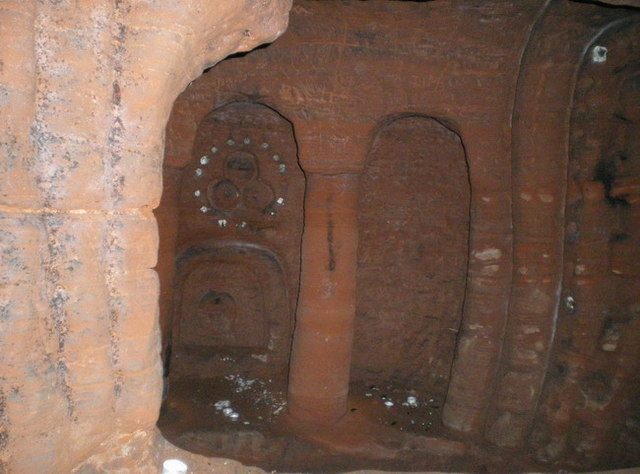
No answers have been put forward to the question of how, five hundred years after the order was formerly disbanded, a Knights Templar group might be connected with the local area.
The members of this order were armed knights with many privileges in the Catholic Church and thus were considered powerful and quite respected. Much of their prestige was linked to the Crusades, in which the Templars were noted as among the most skilled warriors.
Their “uniform,” the iconic white mantle (or knight’s cloak) had to be worn at all times. It bore a red cross that was a symbol of martyrdom; to die on the battlefield was a great honor.
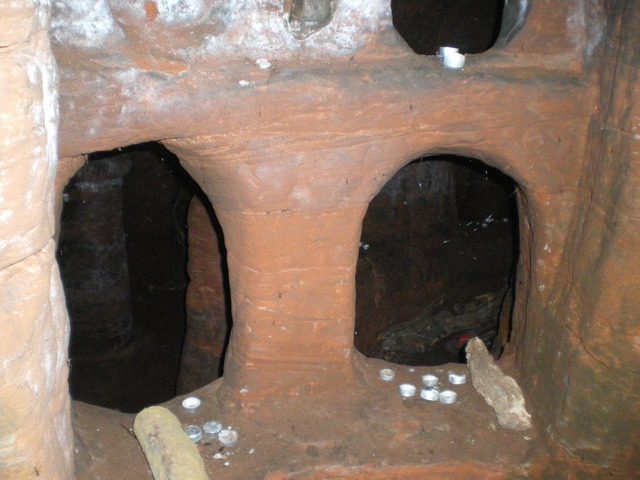
By the mid-12th century, schisms between the Christian sects were becoming ever more fractious. When Jerusalem, which had been captured by the Christian army of the First Crusade in 1099, was retaken by Muslim forces led by Sultan Salah ad-Din in 1187, it marked the beginning of the end for the Knights Templar.
It would take just over a century for the Templars to tumble from being influential in the political arena, and collectively — individual knights were sworn to poverty, a little like monks — among the most powerful landowners, merchants, and creditors across the whole of Christendom. However, the fact that they fell from grace, from such revered heights to such allegedly debauched lows, didn’t tarnish their reputation too badly in the long term.
The secretive nature of the order and accounts of forced confessions of knights under torture by the Inquisition has left the Templars gilded with a romantic image of chivalry and fighting for the greater good against all odds. It’s no wonder that people long to find a connection to them.
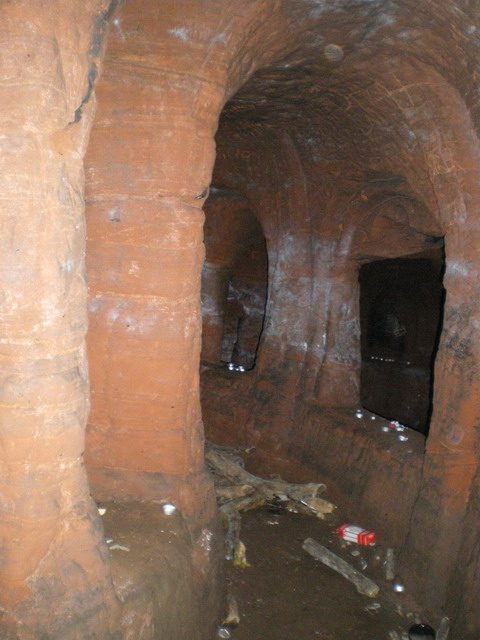
In more recent years (since the late-19th century), the name of order has become associated with several modern temperance organizations and with Freemasonry.
Although two Templar crosses are noted to be carved on the interior of the caves, these are crowded by a host of more recent inscriptions. The Caynton Caves have been favored by 21st century pagans and Druids, especially for solstice and Halloween rituals. But it was their use by satanic cults, who have carved their symbols all over the walls, that prompted the landowner to seal off the caves in 2012. Sadly, various parties seem unable to resist the lure of this hidden grotto and trespassers continue to break in periodically.
The BBC featured an interview in January 2017 with Michael Scott, who was quite intrigued by an online video of the caves so he decided to go there, see the place and take some photos. When he was asked to briefly describe his experience and impressions of the caves, he said: “I traipsed over a field to find it, but if you didn’t know it was there you would just walk right past it.”
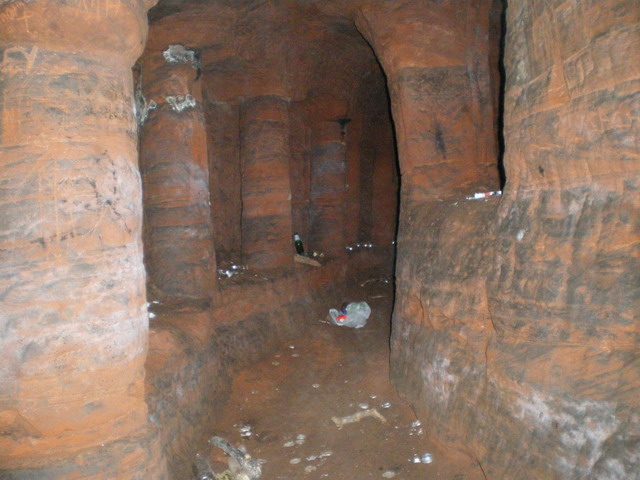
“Considering how long it’s been there it’s in amazing condition … It was raining so the slope down was quite sludgy but inside the cave was bone dry.”
Related Article: The Modern Day Revival of the Knights Templar – A New Order with an Old Mission
Local newspaper the Shropshire Star stands firmly in the camp that the caves date from the Victorian-era and refutes any possible connection to the Templars:
“This is an underground folly which has been cut out of sandstone as a temple. It is unknown when or why it was built but probably was created as a folly in the mid-19th century when it was considered fashionable. The landowners used to allow the public to explore the temple but the disrespectful behavior by visitors had finally made them seal up the entrance in 2012.”
